Can Hamsters Eat Kale?
Yes, Syrian and Roborovski hamsters can eat kale in moderation about one pea-sized piece of the outer leaf once or twice weekly. However, dwarf hamster breeds including Campbell’s Russian, Chinese, and Winter White hamsters should avoid kale entirely due to their genetic predisposition to diabetes and sensitivity to the vegetable’s natural sugars.
While kale provides beneficial vitamins A, C, and K, it also contains compounds like goitrogens and oxalates that require careful portion control for your hamster’s safety.
Which Hamster Breeds Can Eat Kale?
Not all hamsters process kale the same way. Syrian hamsters and Roborovski (Robo) hamsters can safely enjoy small amounts of kale as an occasional treat. These larger, more robust breeds can handle modest quantities of sugary vegetables without significant health risks.
However, smaller dwarf breeds face serious dangers from kale consumption. Campbell’s Dwarf hamsters, Chinese hamsters, Winter White Dwarf hamsters, and hybrid combinations of these breeds are genetically prone to diabetes. According to veterinary guidance from PetMD, these dwarf species should avoid kale altogether due to its natural sugar content, which can trigger or worsen diabetic conditions even in small amounts.
The distinction is crucial for your hamster’s long-term health. While a Syrian hamster might tolerate weekly kale treats, the same portion could compromise a Campbell’s Dwarf hamster’s glucose metabolism. Always identify your hamster’s specific breed before introducing kale to their diet.
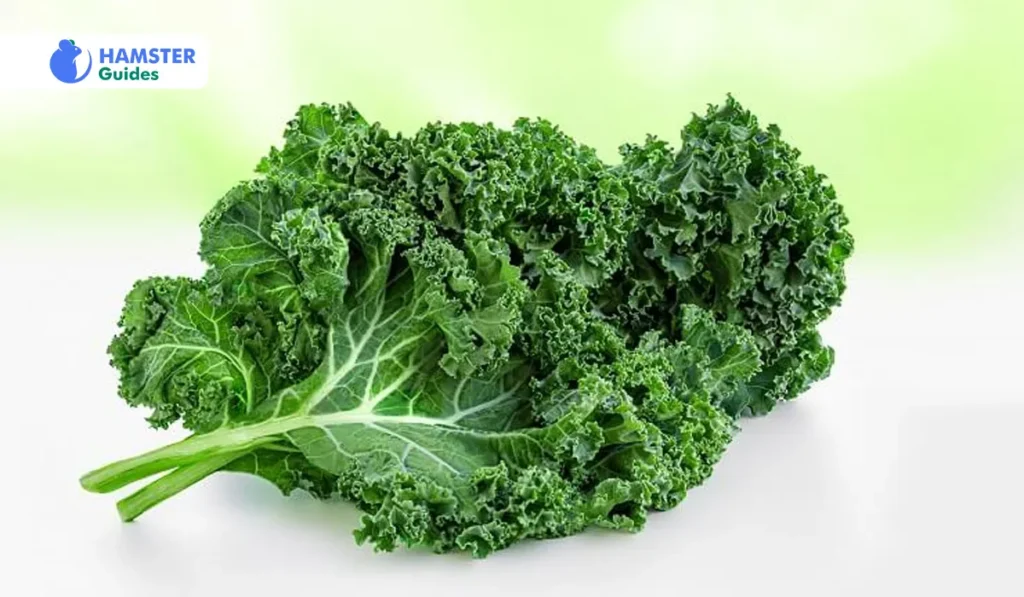
Top Tip: Spending time with your hamster daily can help you control it and foster trust. Help them feel comfortable with you by giving them goodies out of your hand, speaking slowly, and avoiding abrupt movements.
How Much Kale Can Hamsters Eat?
Portion control is essential when feeding kale to hamsters. For Syrian and Roborovski hamsters, offer only one small piece of the soft outer kale leaf approximately the size of a pea or no larger than your hamster’s head. Avoid the tough central stem and watery core, as these parts are difficult for hamsters to digest and provide little nutritional value.
Frequency matters as much as quantity. Veterinarians recommend limiting kale to once per week, or at most twice weekly, as part of a varied vegetable rotation. According to the Merck Veterinary Manual, treats and fresh vegetables should comprise no more than 10% of a hamster’s total daily diet, with commercial pellets forming the nutritional foundation.
Baby hamsters (pups under 8 weeks old) should never receive kale. Their developing digestive systems cannot process the vegetable’s complex compounds safely. Introduce kale only after your hamster reaches adulthood and start with a piece half the recommended adult serving size to test tolerance.
Never feed kale on the same day as other acidic vegetables like cilantro or tomatoes. The cumulative acidity can overwhelm your hamster’s delicate digestive system and cause stomach upset.
Nutritional Value Of Kale
Due to its incredible nutritional value, kale is one of the best foods for hamsters but not for all hamsters. Kale contains essential vitamins and minerals critical to your pet’s general health. It has high levels of vitamins A, C, and K, necessary for supporting a flourishing childhood and preserving a robust immune system.
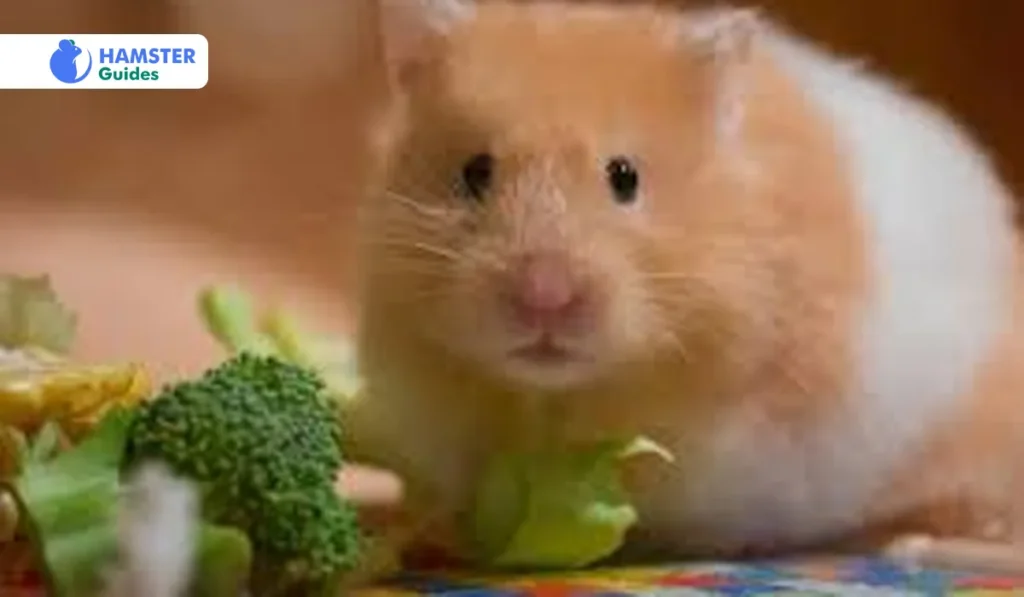
Furthermore, kale’s calcium, magnesium, and potassium are essential for maintaining strong bones and muscles. Here are the nutritional values of kale:
| Kale’s Nutrients | Amount Per 100g |
| Vitamin A | 4812 IU |
| Vitamin B6 | 0.3 mg |
| Vitamin C | 93.4 mg |
| Vitamin K | 817 mcg |
| Potassium | 491 mg |
| Folate | 62 mcg |
| Iron | 1.5 mg |
| Protein | 4.3 grams |
| Fibre | 3.6 grams |
| Magnesium | 47 mg |
| Calories | 49 kcal |
| Fat | 0.9 grams |
| Carbohydrates | 8.8 grams |
| Sugar | 1.9 grams |
| Calcium | 254 mg |
Additional Information: Spend time getting to know your hamster’s habits and peculiarities as a person, and delight in creating a unique relationship with your pet through consistent attention and contact.
Appropriate Amount Of Kale For Hamsters
Due to their small size and delicate digestive systems, hamsters may have digestive problems if their diet is abruptly changed. Kale is one of those foods that should be introduced cautiously.
Read More: How Long Can Hamsters Go Without Food?
It is advised to give your hamster a bit of kale, roughly the size of a pea. Watch how they respond to the vegetable and monitor their digestive system over the next few hours. You can progressively increase the amount of kale if you don’t notice any symptoms of discomfort.
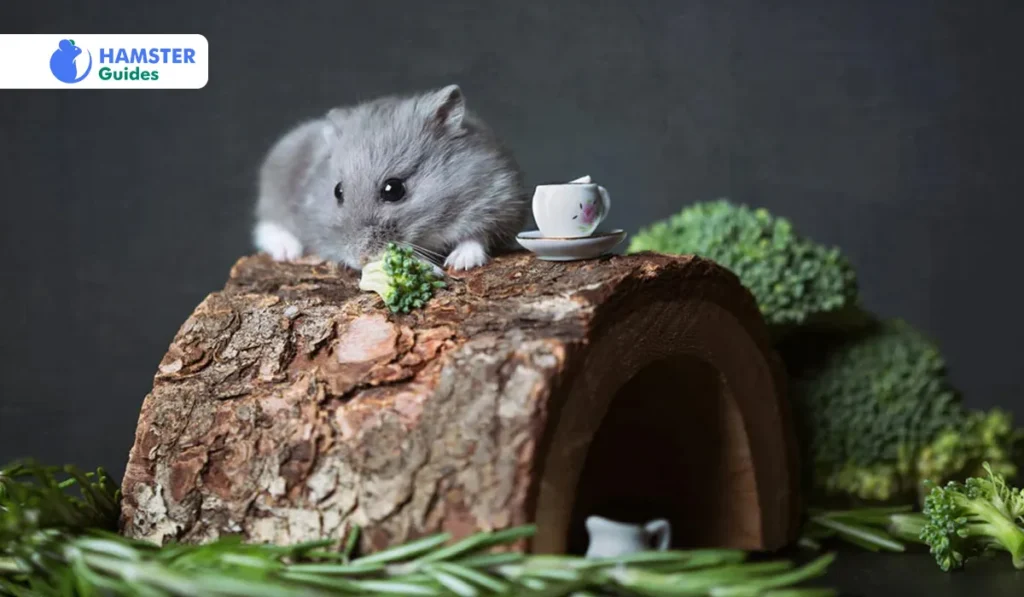
As a general rule of thumb, a hamster should only receive one or two little leafy pieces of kale per week. By doing this, the nutritional advantages of kale are given to them without taxing their digestive systems.
Nutritional Benefits of Kale for Hamsters
Kale is one of the best foods for hamsters due to its great nutritional value. It contains essential vitamins and minerals critical to your pet’s general health, including high levels of vitamins necessary for supporting health and preserving a solid immune system.
Kale earns its “superfood” reputation through impressive nutritional density. A 100-gram serving delivers 817 mcg of vitamin K (essential for blood clotting and bone health), 93.4 mg of vitamin C (supporting immune function), and 4,812 IU of vitamin A (promoting eye health and tissue repair). For hamsters, these vitamins support everything from wound healing to maintaining clear vision.
The vegetable’s 3.6 grams of fiber per 100 grams aids digestive health and helps prevent constipation in hamsters. Minerals including calcium (254 mg), potassium (491 mg), and magnesium (47 mg) contribute to strong bones, healthy muscle function, and proper nerve signaling all vital for active hamsters.
Kale’s crunchy texture provides natural dental benefits. Hamsters’ teeth grow continuously throughout their lives, and chewing fibrous vegetables like kale helps naturally wear down tooth enamel, preventing painful overgrowth that requires veterinary intervention. This enrichment activity also stimulates mental engagement and satisfies natural foraging instincts.
The high beta-carotene content (which the body converts to vitamin A) particularly benefits hamsters with light-colored fur or those showing early signs of vision problems. Antioxidants in kale combat cellular damage and may support longevity in aging hamsters.
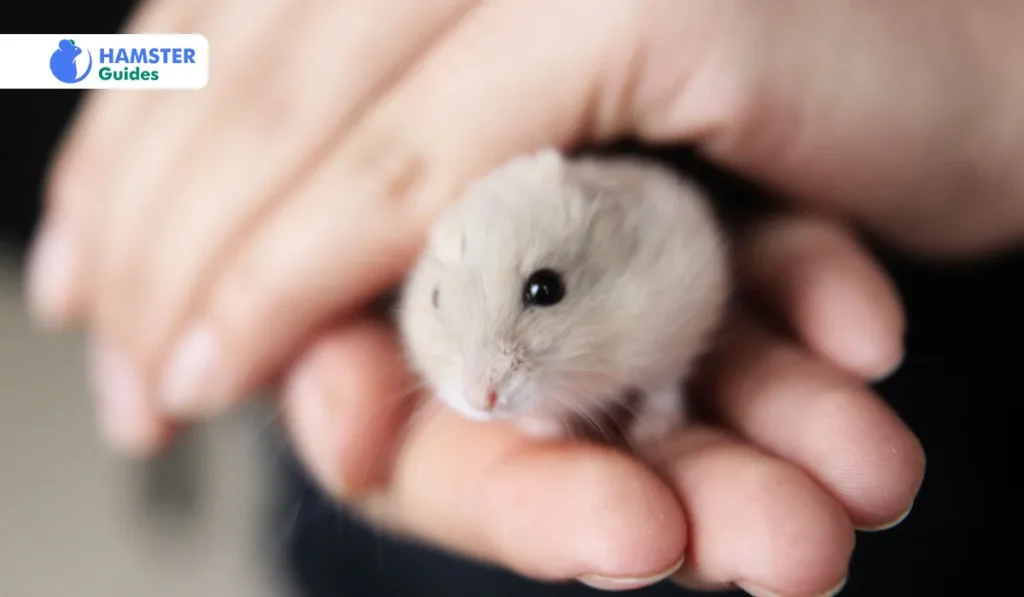
| Benefits | Detail |
| Fibre | Kale contains a considerable amount of nutritional fiber. It is vital for preserving a healthy digestive tract in little rodents. Appropriate fiber consumption can help avoid constipation. Ensure that your furry companion gets enough fiber that supports their bowel movements and general digestive health by including kale in their diet. |
| Dental Health | During its lifespan, the cute little rodent’s teeth continually expand; thus, eating spongy vegetables like kale can instinctively break their teeth. In addition to stimulating the mind, chewing helps avoid tooth problems, including crowded teeth or overgrowth. |
| Antioxidants | Kale is important for hamsters’ skeletal health. Vitamin K and calcium are also important for hamsters’ strong teeth and bones; kale contains all these elements. |
| Health Of Eyes | Kale has beta-carotene at high levels. It ensures good eye health and excellent vision in hamsters. |
| Robust Immune System | Packed with vital vitamins, minerals, and antioxidants, kale is necessary for hamsters’ well-being and flourishing growth. The vitamin C found in kale helps to maintain our hamsters’ robust immune systems and increase their captivity to fend off illness. |
| Hamster’s Bone Health | Kale is important for the skeletal health of hamsters. The important things for the strong teeth and bones of hamsters are vitamin K and calcium; kale contains all these elements. |
Kale And Hamster Breeds
Particular types of hamsters can safely eat kale, but only a limited amount at a time. Offer them only the soft outer leaves; don’t offer them the stem or the wet core. It is essential to understand that diabetes can strike any breed of hamster before we delve further into it.
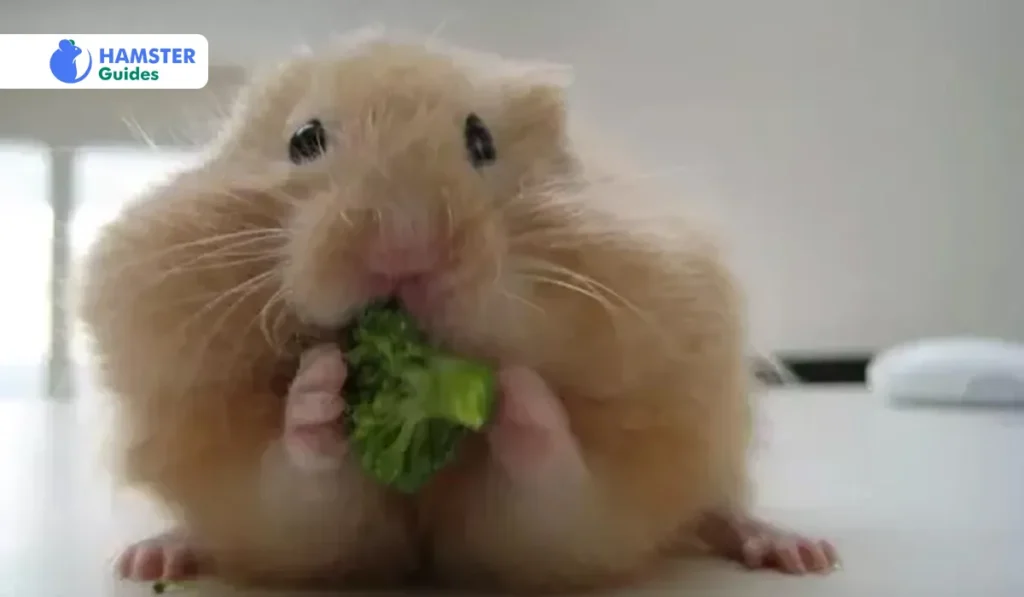
Kale is a great food option for hamsters because of its low-calorie content. One cup may provide 5 g of fiber, 0.9 g of fat, and 2 g of protein.
Syrian Hamsters
Kale is edible to Syrian hamsters. These Syrian hamsters are excellent pets for those who would love to have their cuddly little housemates.
Read More: Golden Hamster or Syrian Hamster: Everything You Need To Know
Kale should only be given in moderation because of its high and sugary content. Offer a little kale leaf once a week to your Syrian Hamster.
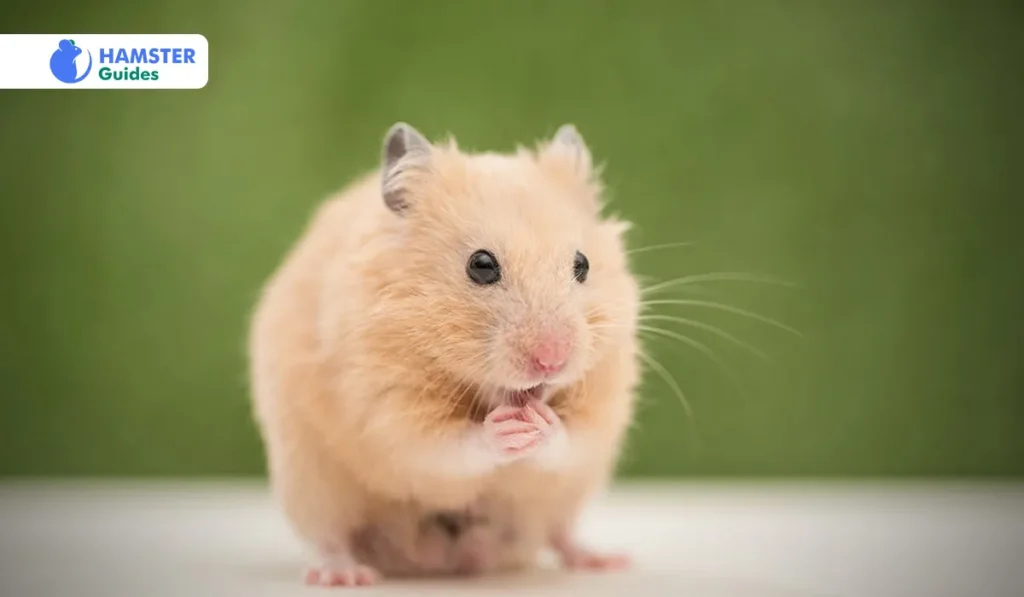
Dwarf Hamster
Kale should not be fed to dwarf hamsters. You likely already know that Campbell’s dwarf hamsters are more minor than Syrian dwarfs if you own some in your home.
Campbell’s Dwarf hamsters, Chinese hamsters, Winter White Dwarf hamsters, and hybrid combinations of these breeds are genetically prone to diabetes. So avoid giving them kale.
Read More: The Dwarf Hamster Lifespan: Key Facts and Care Tips
Given its high sugar content, kale is not a food they should be given. Due to their diminutive stature, dwarf hamsters are more susceptible to developing diabetes and obesity.
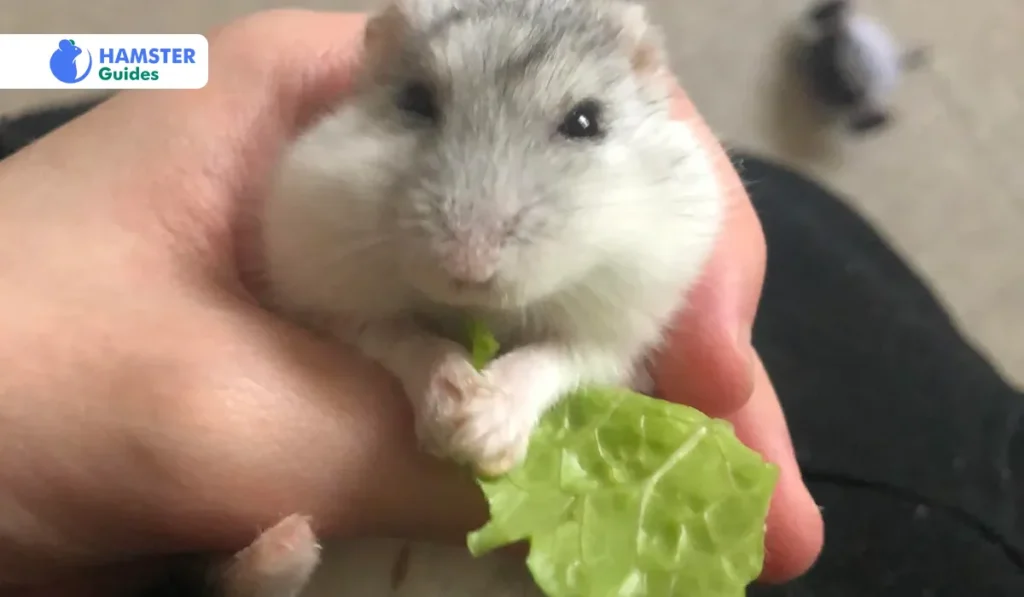
Can Robo Hamsters Eat Kale?
Yes, kale is nutritious to robo hamsters. Unlike Syrian hamsters, Robo hamsters can quickly eat modest amounts of sweet food. Once a week, you can feed your robo hamsters a tiny bit of kale leaf.
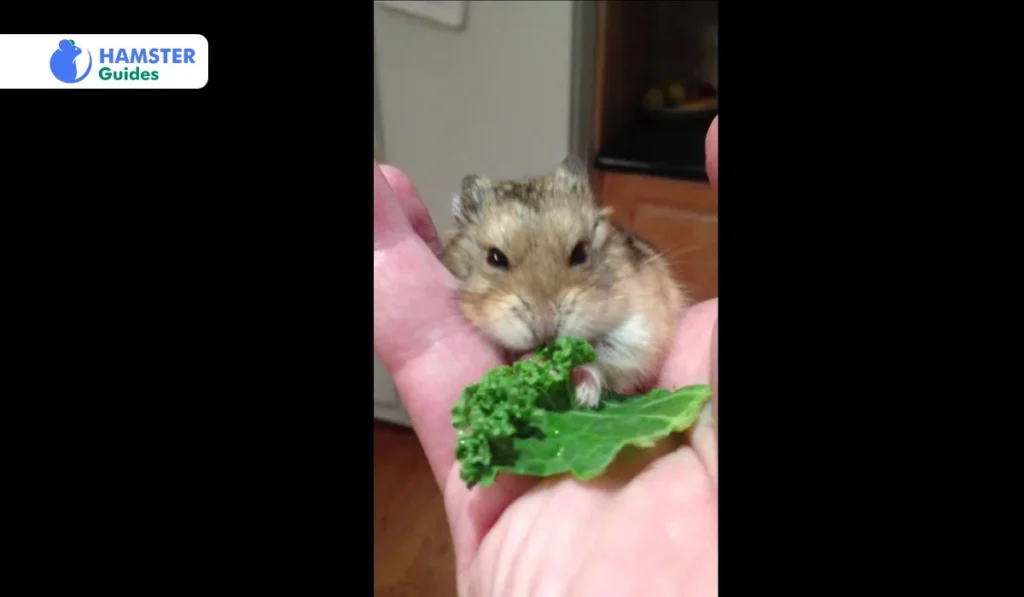
How to Safely Prepare Kale for Hamsters
Proper preparation minimizes risks and maximizes nutritional benefits. Always start with fresh, organic kale when possible to avoid pesticide exposure. Conventionally grown kale frequently appears on “Dirty Dozen” lists for high pesticide residue, making thorough washing critical if organic isn’t available.
Rinse kale leaves under cool running water for 20-30 seconds, gently rubbing to remove dirt, debris, and chemical residues. Pat dry with a clean towel or let air-dry briefly excess water contributes to diarrhea risk. Inspect leaves carefully for signs of spoilage, discoloration, or insect damage before feeding.
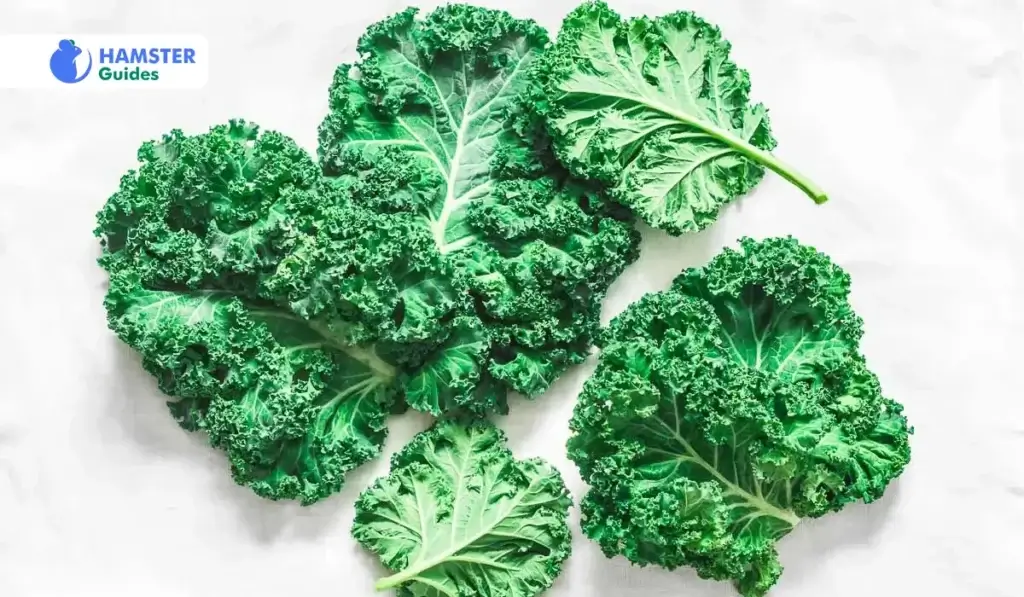
Remove the tough central stem entirely and tear off only the soft, ruffled outer portions of the leaf. The stem’s fibrous texture creates choking hazards and provides minimal nutrition. Cut or tear the leaf portion into a piece no larger than your hamster’s head (approximately 1 centimeter or pea-sized for most hamsters).
Always serve kale raw, never cooked. Cooking destroys heat-sensitive vitamins and alters the texture to a mushy consistency that hamsters find unappetizing. Raw kale retains its satisfying crunch, which hamsters naturally prefer and which provides better dental benefits.
Read More: Can Hamsters Eat Broccoli?
Remove any uneaten kale within 12-24 hours maximum. Fresh produce spoils quickly in warm cage environments, promoting bacterial and mold growth that can poison your hamster. Check your hamster’s hoarding spots they often stash fresh food in hidden corners where it can rot unnoticed.
Additional Information: Despite having weak vision, hamsters can navigate their environment well thanks to their keen senses of hearing and smell.
Health Risks and Safety Concerns
Although giving your hamster this cruciferous vegetable has numerous possible advantages, it also has hazards; thus, kale should only be offered in moderation.
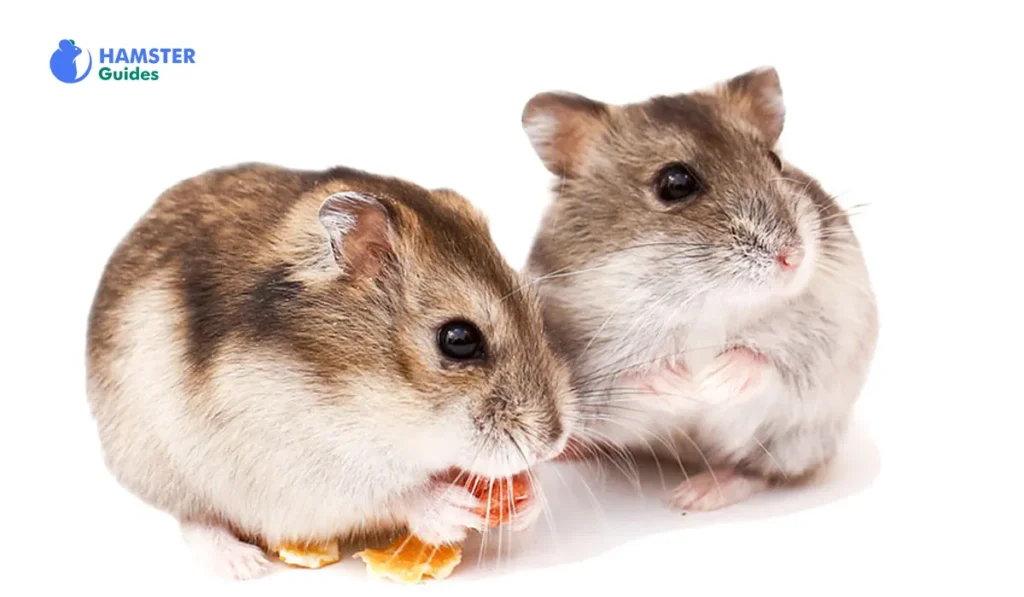
Goitrogens
Despite its nutritional benefits, kale contains compounds that pose legitimate risks to hamsters when overfed. Goitrogens are naturally occurring substances in cruciferous vegetables that interfere with thyroid hormone production.
While kale’s goitrogen levels are relatively moderate, prolonged overconsumption could theoretically contribute to goiter (thyroid gland enlargement) in hamsters with genetic susceptibility. The body enlarges the thyroid gland to compensate for the low levels of thyroid hormones after prolonged exposure to goitrogens.
Goiter may eventually result from this. While kale may not be the best option, its goitrogen content is low. Furthermore, hamsters may be genetically susceptible to goiter.
Higher Levels Of Water
Kale’s high water content might cause diarrhea in hamsters. A wet tail is an infection that can be fatal if your hamster has diarrhea in unhygienic surroundings. Rehydrating your hamster with simple water will not help if it has diarrhea; it will worsen matters.
Hamsters dehydrate rapidly due to their small body size, making diarrhea episodes particularly dangerous. Look for a product from your veterinarian or pet store designed especially for rehydrating hamsters.
Read More: How Long Can Hamsters Go Without Water?
High Calcium
Calcium content cuts both ways. While hamsters need calcium for bone health, excessive calcium intake has been shown to activate certain cardiac enzymes in hamsters, potentially contributing to heart issues. The key is moderation occasional kale treats provide benefits without reaching problematic calcium levels.
It is crucial to remember, though, that hamsters also require calcium. Dental caries was less common in hamsters fed a diet supplemented with the right calcium levels.
Read More: Can Hamsters Eat Avocados?
Since hamsters’ calcium needs differ depending on their age, it is important to remember that while kale contains a lot of calcium, this may not always be a bad thing.
Kidney Stones
Kale may be the culprit for hamsters who are predisposed to kidney stones. Oxalic acid in kale binds with calcium and other minerals, potentially reducing their absorption. In hamsters predisposed to urinary stones or kidney problems, oxalates can accelerate stone formation.
If your hamster has a history of kidney issues, It is always best to see a veterinarian when caring for hamsters who are currently on a special diet due to past kidney issues.
Digestive Problems
Due to hamsters’ delicate digestive systems, they could have trouble digesting some foods. Overdosing in kale might result in diarrhea in your hamster and digestive problems, including bloating and an upset stomach. You would not want your tiny friend to experience it, either.
It is best to introduce kale gradually and observe how your hamster responds. If any adverse effects continue, it would be wise to stop giving kale completely. If the hamster gets sick, seek the veterinarian’s help immediately.
Always introduce kale gradually. Offer a tiny piece (quarter of the recommended serving) for the first feeding and monitor your hamster for 12-24 hours for signs of soft stools, lethargy, reduced appetite, or changes in behavior. Any adverse reaction warrants discontinuing kale immediately.
Signs Your Hamster Shouldn’t Eat Kale
Not every hamster tolerates kale well, regardless of breed. Watch for these warning signs after introducing kale:
Digestive distress manifests as soft or watery droppings, visible wetness around the tail area, or decreased fecal output. Any change in stool consistency within 24 hours of feeding kale signals intolerance.
Behavioral changes including unusual lethargy, reduced activity on the wheel, hiding more than usual, or decreased interaction suggest discomfort. Hamsters instinctively hide illness, so subtle behavior shifts warrant attention.
Physical symptoms like bloated appearance, hunched posture (indicating abdominal pain), or excessive grooming of the hindquarters all indicate digestive upset requiring kale elimination from the diet.
Allergic reactions, while rare, can include increased scratching, redness around the face or ears, or obsessive grooming. Stop feeding kale immediately if these symptoms appear.
If symptoms persist beyond 24 hours or worsen, contact an exotic animal veterinarian promptly. Never attempt to treat diarrhea or digestive issues at home without veterinary guidance. Hamsters require specialized care that differs dramatically from dogs or cats.
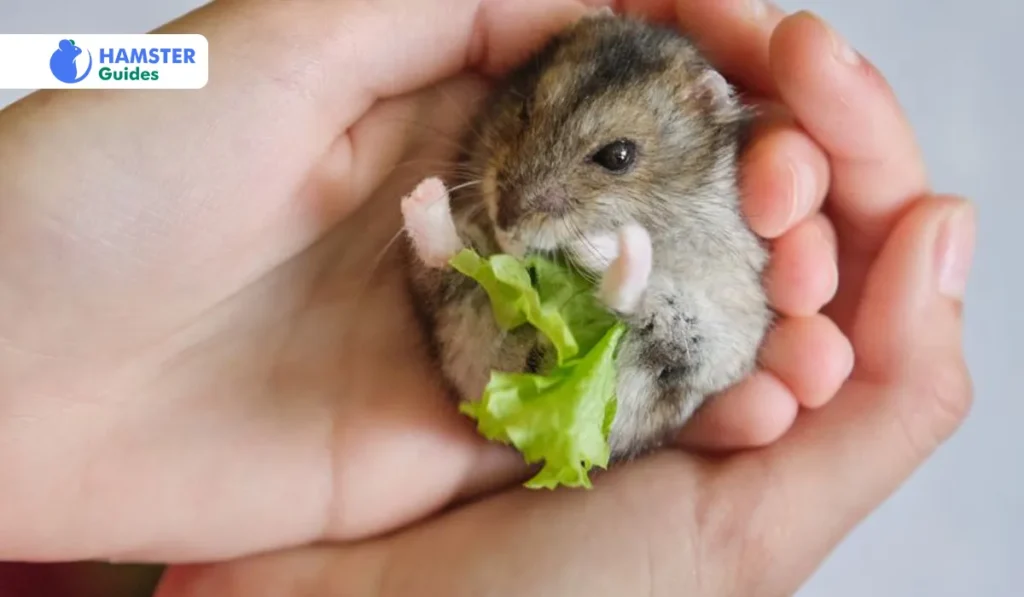
Finally, if the kale is not eaten, remove it from your hamster’s cage as soon as possible, preferably within 12 to 24 hours of first feeding it.
The Final Words
In conclusion, can hamsters eat kale? Yes, but only in moderation and with the right preparation. Kale offers valuable nutrients like vitamins A, C, and K, but its strong calcium content means portion control is essential to avoid digestive issues or bladder problems.
By washing it thoroughly, serving tiny fresh pieces, and keeping it as an occasional treat, you can safely include kale in your hamster’s diet. Always monitor your hamster’s reaction and consult a vet if you notice any discomfort. With mindful serving, kale can be a healthy and beneficial addition to your little pet’s menu.
Hope your hamster enjoys its meal!
Related Questions







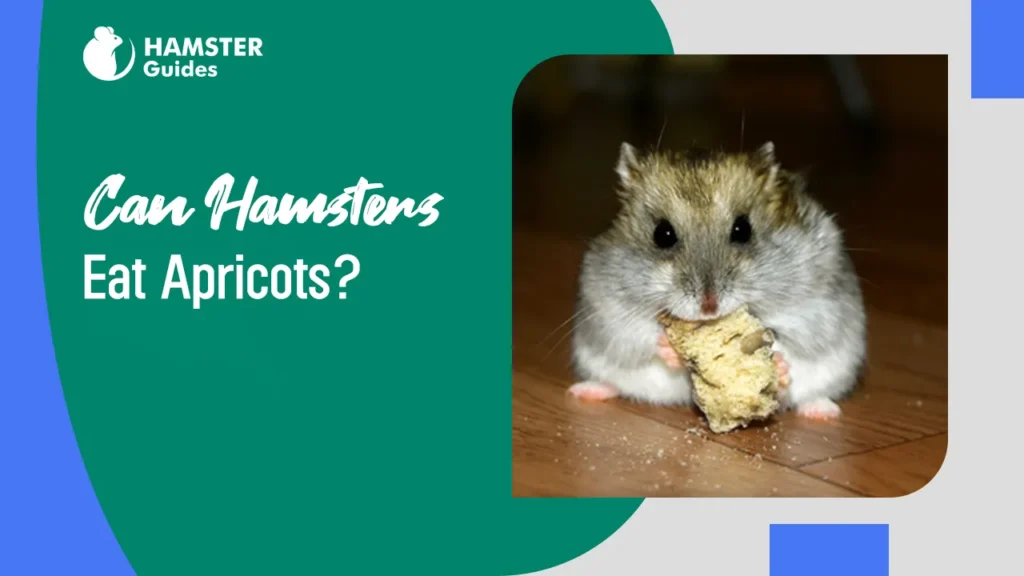

Leave a Reply